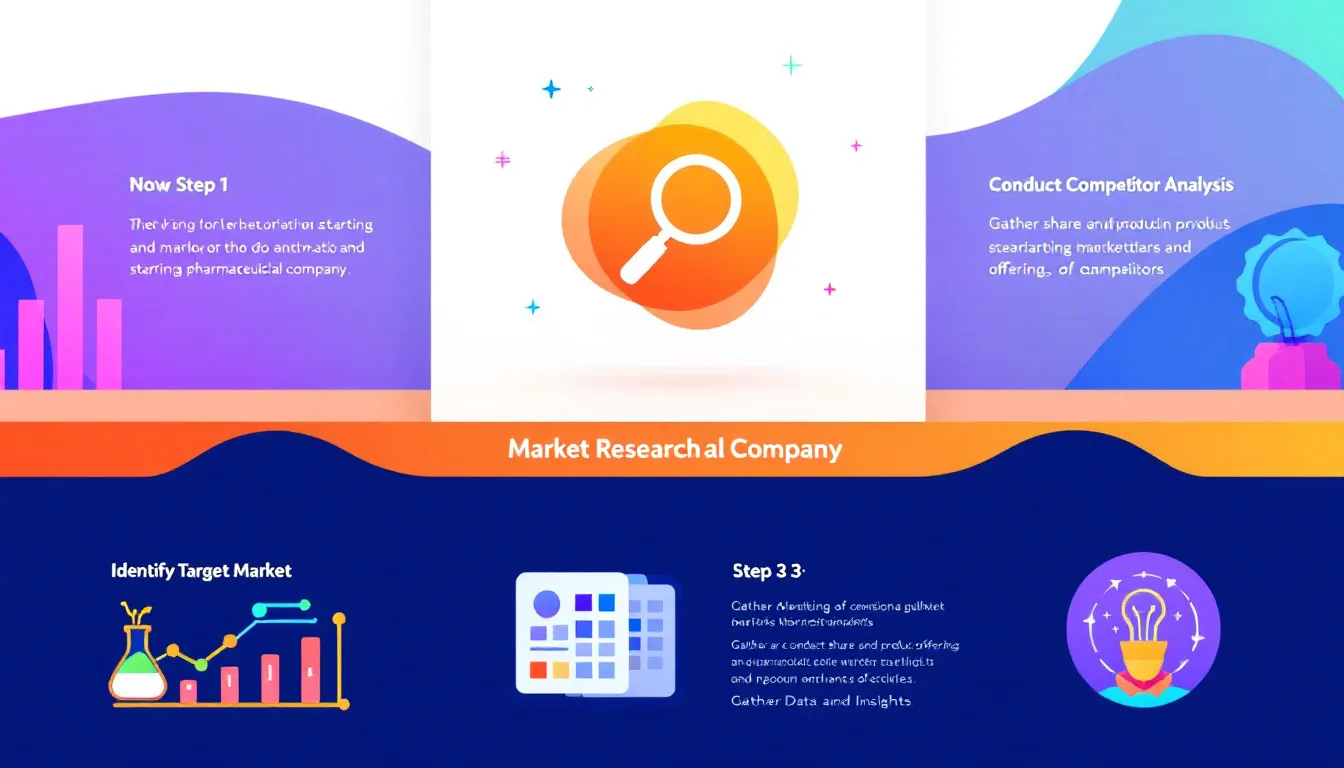Tablet press machines are essential in the pharmaceutical, nutraceutical, and food industries, playing a crucial role in the production of tablets. From aspirin to vitamin supplements, these machines compress powders or granules into uniform, solid doses, which can then be packaged and distributed.
Let’s explore how tablet press machines work, from the core stages of operation to the key components that make this process efficient.
What is a tablet press machine? A tablet press machine is a mechanical device designed to compress powdered materials into tablet form. The machine uses high pressure to mold the powder into uniform shapes and sizes.
These machines can be manual, semi-automatic, or fully automatic, with variations depending on the size of the operation and the complexity of the tablet being manufactured.
Understanding the components of a tablet press machine helps clarify how the machine operates. Here are the key parts involved:

How does a tablet press machine work? How a tablet press machine works can be broken down into three primary steps: filling, compression, and ejection. Let’s take a closer look at each of these stages.
| Step | Description |
| Filling | Material from the hopper fills the die cavity. |
| Compression | Upper and lower punches press the material to form a tablet. |
| Ejection | The tablet is pushed out by the lower punch and collected through the discharge. |
The process starts with the hopper, where the powder or granules are stored. The material is fed into the die cavity, which is responsible for determining the size and shape of the tablet. The hopper continuously dispenses the material, ensuring that the die cavity is filled evenly with each cycle.

Once the die cavity is filled, the upper punch descends, applying pressure to the powder. At the same time, the lower punch moves upwards to meet the upper punch. The pressure exerted by these punches causes the powder particles to bind together, forming a solid tablet.
The pressure applied varies depending on the desired hardness and density of the tablet. Softer tablets may require less pressure, while harder ones demand more force.
After compression, the upper punch retracts while the lower punch rises to eject the finished tablet. The tablet is pushed through the discharge chute, where it can be collected for further processing or packaging.
The entire cycle repeats continuously, allowing for the high-volume production of tablets.
Different industries require different types of tablet press machines, each suited for various production needs:
This type of machine is best for small-scale production. It uses one set of punches to compress a single tablet at a time, making it ideal for research or small-batch production.
For large-scale manufacturing, rotary tablet presses are used. These machines have multiple stations (or sets of punches) arranged on a rotating turret.
As the turret rotates, the punches compress the powder in each die cavity, allowing for the production of hundreds or thousands of tablets per hour. Rotary presses are efficient and perfect for high-volume production.
Understanding how a tablet press machine works helps appreciate the advantages they bring to manufacturing:
While tablet press machines are most commonly associated with pharmaceuticals, they are also used in other industries:
Need help choosing the right tablet press machine for your production line? Contact us today or visit our website for expert advice on optimizing your tablet manufacturing process.
Yes, tablet press machines are designed to handle a wide variety of powders and granules. The hopper and die cavity can be adjusted to suit the properties of different materials.
A single-punch press produces one tablet at a time, making it ideal for small-batch production. A rotary press, on the other hand, has multiple stations, allowing it to produce thousands of tablets per hour.
The precise design of the die cavity and punches ensures that each tablet is compressed with the same force and shape, guaranteeing uniformity across large batches.




Pharmaceutical third party manufacturing is when companies outsource product production to specialized firms. This practice enables companies to focus on research and development. In this guide, we’ll cover the benefits, processes, and considerations of third party manufacturing. Key Takeaways Understanding Pharmaceutical Third Party Manufacturing Pharmaceutical third party manufacturing is a service where a company hires […]

Pharma discovery is crucial for finding new treatments for diseases. This process starts with identifying drug targets and ends with getting safe, effective drugs to market. In this article, we explain each stage of pharma discovery and highlight the innovations transforming this field today. Key Takeaways The drug discovery process is complex and entails multiple […]

If you want to know how do you start a pharmaceutical company, it involves conducting market research, developing a business plan, securing funding, and navigating regulatory requirements. This guide will cover these important steps and more to help you launch and grow a successful pharmaceutical business. Key Takeaways Conduct Comprehensive Market Research Starting a pharmaceutical […]